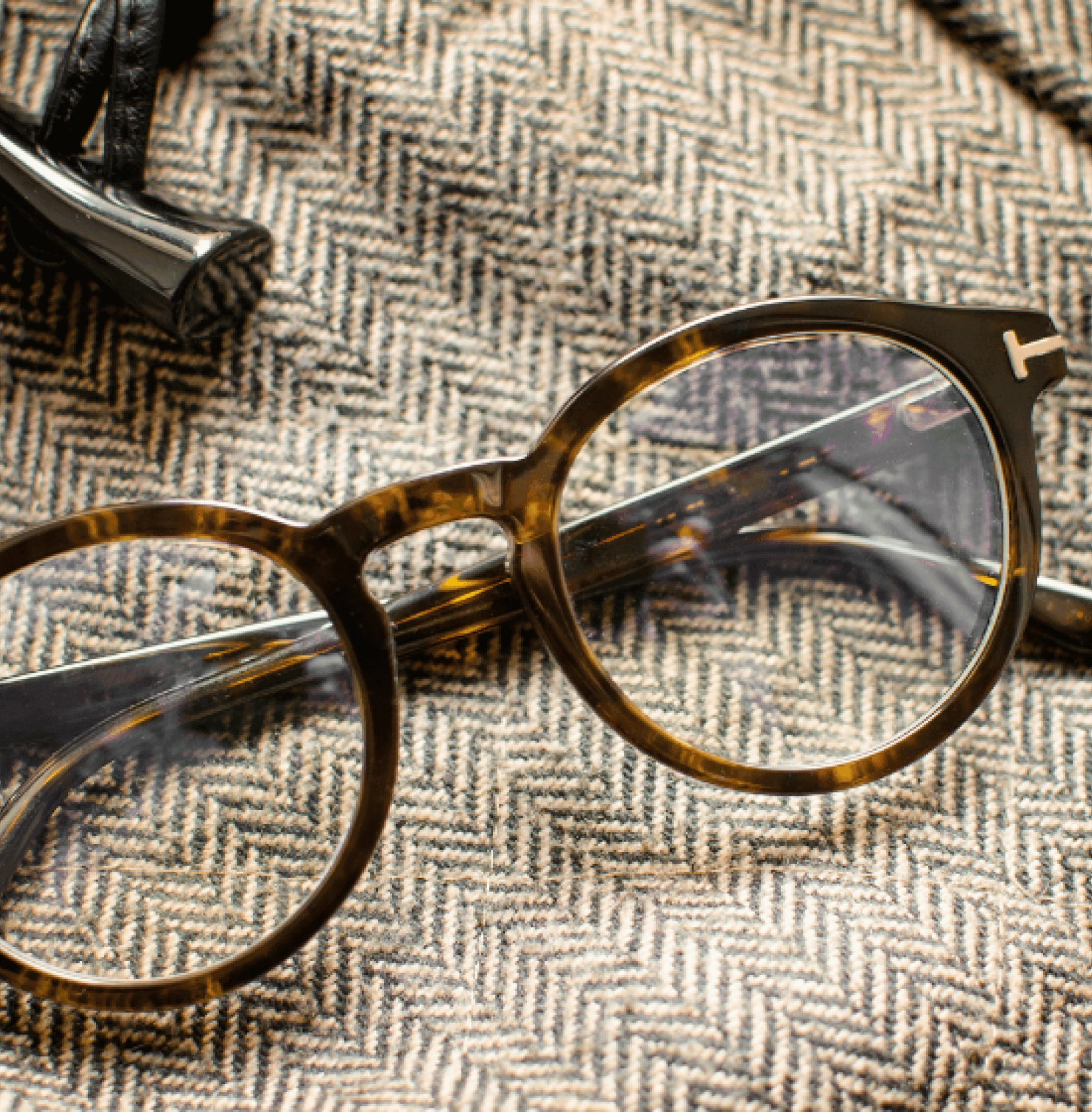In a world with the adage “you get what you pay for”, this certainly does apply to the purchase of an acetate frame versus a less expensive plastic frame. First of all to explain the difference between the two, plastic frames are typically made from petroleum-based nylon pellets that are melted down and injected into a mold to produce a frame. They attain their color and prints through paint, decals and seal coats. Acetate is a plant-based, non-petroleum product derived from wood pulp and cotton, allowing it to be stronger, more durable and more flexible than regular plastic. Consequently frames made with acetate are more resistant to pressure placed upon frames, which means it can be bent further before breaking.
HYPOALLERGENIC AND LIGHTWEIGHT
It is also hypoallergenic, coming from natural products, which makes it a good choice for people with sensitive skin as it is less likely to cause irritation. Another advantage to acetate is that it is lightweight, thus making it more comfortable to wear, which is particularly important when you wear glasses all day long.


DURABLE WITH INTENSE COLOR POSSIBILITIES
In addition to the weight factor, another important advantage to acetate is its durability, which comes as a result of its manufacturing process. Acetate is made by cutting, forming and polishing multiple sheets of cellulose acetate, which gives it its strength. These sheets of acetate are combined with organic dyes and acetone to achieve vibrant colors and interesting patterns. Large rollers then press the acetate after which it is cut into smaller pieces before being pressed together with other colors. Consequently the colors and patterns are embedded entirely throughout the frame, as opposed to plastic frames where the colors are generally painted or sprayed on. The colors on a plastic frame are likely to fade in time with wear and tear because of the simpler process of coloring the plastic.
ARE ALL ACETATES EQUAL?
Acetate was first developed in 1865 by scientist Paul Schutzenberge.
It was further developed over the years, making its eyewear debut in the 1940’s. High quality acetates now come from Europe and Asia, with the most highly reputed from Italy and Japan. Perhaps the most well known and respected producers of acetate is the Italian company Mazzuchelli. They have been in business since 1849 and are renowned for their large and vibrant collections of colors and patterns. Japan is also reputed for their high quality acetates, but in addition known for their artisanship in design, polishing and shaping of eyewear – a formidable combination.
There are other countries such as China that are now producing acetate, but the quality is not equal to that of the Italian and Japanese producers. So in purchasing an acetate frame, it may behoove you to take note of where the frame is made if you do want a top quality product that will stand the test of time.
Read also


